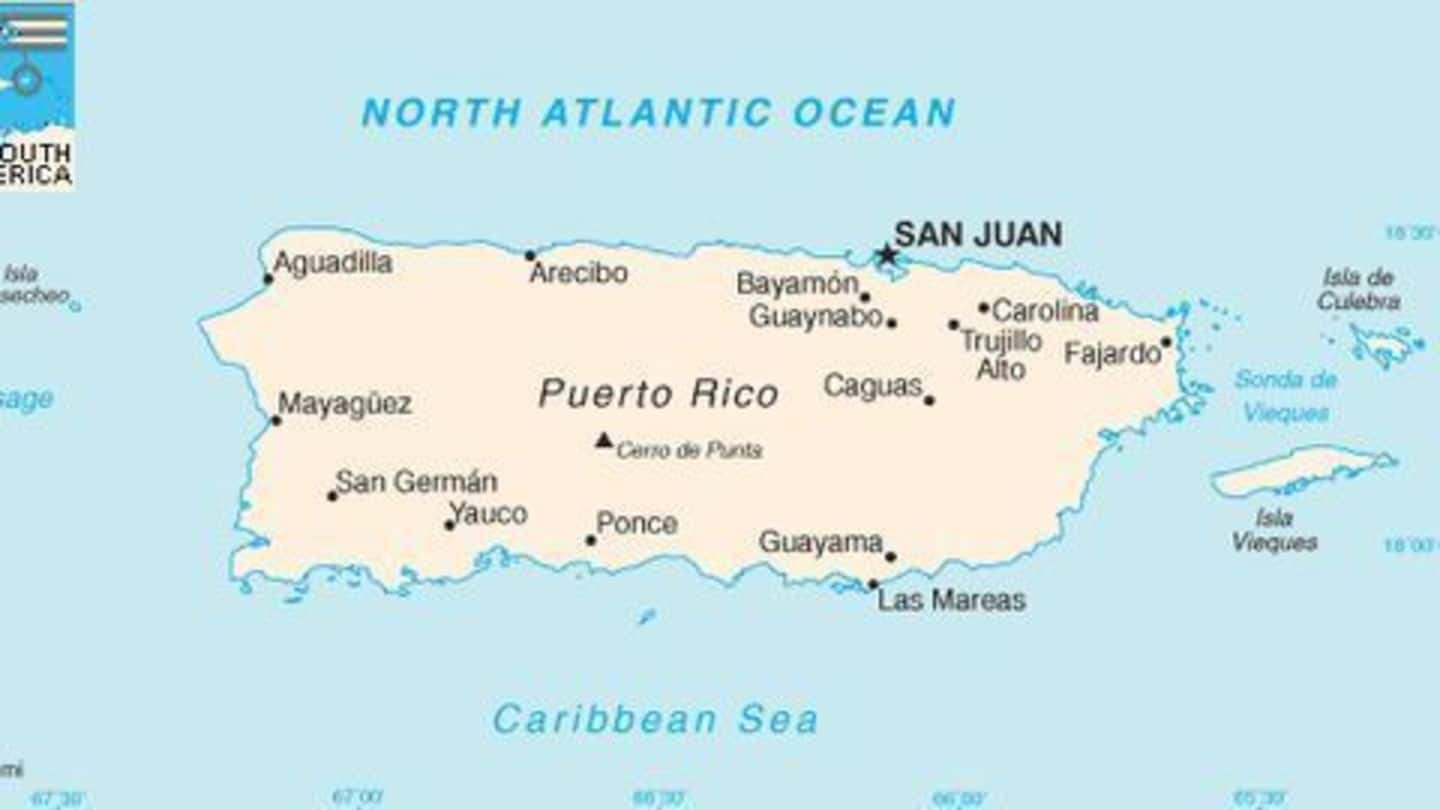
Puerto Rico bankruptcy: From "rich coast" to whopping debt
What's the story
Puerto Rico filed for bankruptcy at a US Federal Court - making it the biggest debt ever in the US bonds market. The country has been under recession since 2006, and had recently been sued by major creditors for defaulting. The bankruptcy filing would enable the country to restructure debt and freeze lawsuits. Would bankruptcy make the island nation worse off?
Do you know?
The Detroit bankruptcy
The 18 billion dollar Detroit bankruptcy was considered the biggest of its kind prior to Puerto Rico. Detroit bankruptcy was solved through debt restructuring arrangements with stakeholders, with a majority of the funds coming from philanthropic organizations, which prevented the city from selling its art.
Details
Puerto Rico's debt
Puerto Rico holds around $123 billion in debt, with the bankruptcy being filed merely for $18 billion. It further includes sales tax backed debt (COFINA debt) worth $17 billion and pension debts. The oversight board's filing noted that they had been compelled to file under Title III due to the pressing need to restructure $49 billion of pension liabilities.
Background
Why has Puerto Rico filed for bankruptcy?
Puerto Rico's bankruptcy filing notes that it has been unable to provide its citizens effective services due to the weight of the debt. Puerto Rican officials have in vain approached American authorities, including the Supreme Court, in order to seek US assistance in resolving the issue for the past two years. The government also failed at arriving at an agreement with the creditors.
About
The bankruptcy filing
The bankruptcy was filed by a Puerto Rican financial oversight board under a Title III Congressional rescue law known as the PROMESA, which stipulates a debt restructuring process similar to US bankruptcy. It has been filed in the name of the government of Puerto Rico, which alone holds $18 billion in debt. It further does not cover the COFINA debts.
Information
How would Puerto Rico manage the rest of it's debts?
According to Puerto Rico governor Ricardo Rossello's fiscal plan, the country merely has the ability to pay $800 million per year. Further, the other debts could likely get drawn into the current filing or into other bankruptcy proceedings.
Reactions
What are they saying?
Governor Rossello noted that he hoped the filing would accelerate negotiation processes with creditors. Susheel Kripalani, lawyer for COFINA bondholders praised the move calling it a "sound public policy" and noted it would enable the country to freeze many lawsuits. Analysts further noted that, bankruptcy filing would be cost and time efficient for the creditors, as it works towards avoiding proliferation of prolonged lawsuits.
Do you know?
What is the US stance on the issue?
The Obama administration was of the opinion that Puerto Rico should be allowed to nullify its debts in the interest of avoiding a "humanitarian crisis". Most Republicans are opposed to debt assistance and President Trump indicated a "no bailout" for Puerto Rico on Twitter.
Prospects
What could happen?
The bankruptcy filing could force the government to cut down on benefits including health, education and pension and could accelerate "brain drain" into mainland US. It further enables the country to impose heavy discounts on creditor recoveries, but could scare investors off, leaving it isolated from debt markets. The matter will now be decided after the appointment of a bankruptcy judge by the SC.
Information
A takeaway from Puerto Rico's scenario
According to the New York Times, American states and towns including Philadelphia and Illinois that face similar problems, should take Puerto Rico's bankruptcy as a warning sign. Debt could accrue in these states due to rising pensions, credit downgrades and deteriorating infrastructure.